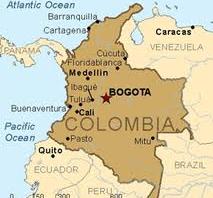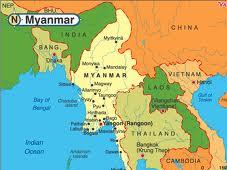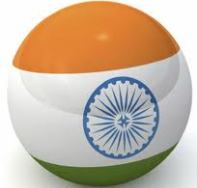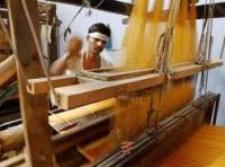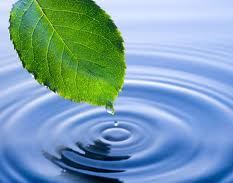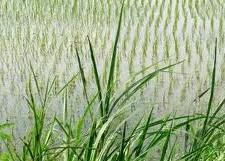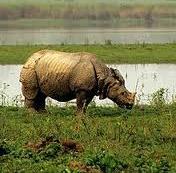 Critical wildlife habitats
Critical wildlife habitats
Critical Wildlife Habitat means such areas of national parks and sanctuaries that are required to be kept 'inviolate' for the purpose of wildlife conservation, as per a provision of the Forest Rights Act, 2006. In its preamble to CWH guidelines, the Ministry emphasised that it “is in no way intended to cause or force resettlement or relocation of Scheduled Tribes and Other Forest Dwellers from National Parks and Wildlife Sanctuaries”, in a bid to ease the concerns of activists. The new guidelines issued in May 2011 envisage a bigger role for the gram sabha, whose free informed consent must be given before any relocation is carried out. It also seems to ensure that forest rights are settled under the FRA before a CWH can be declared in an area. At present, not a single park and sanctuary in the country is notified as critical wildlife habitat (CWH), though the FRA has been in operation for over three years. Closer home, Bhimashankar sanctuary and Sagareshwar wildlife sanctuary in Sangli district of Maharashtra are in the process of declaring their critical wildlife habitats.

